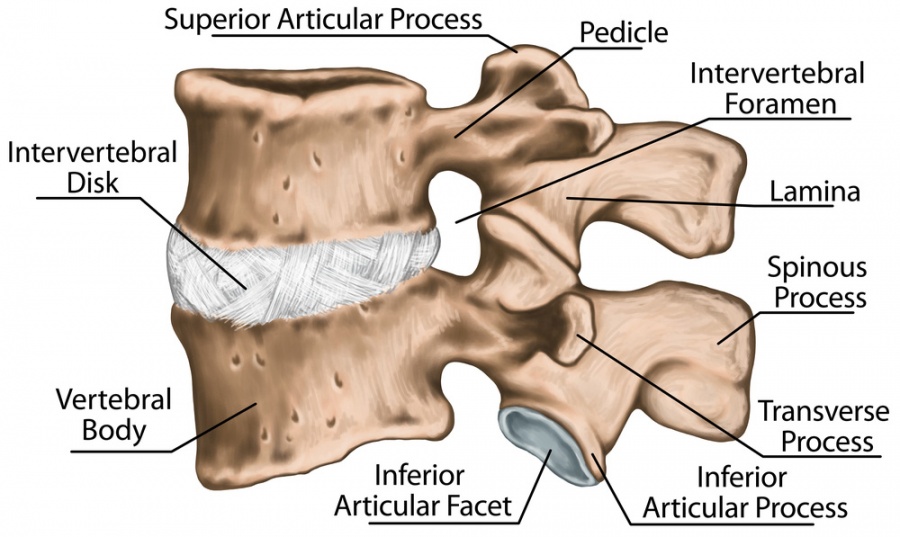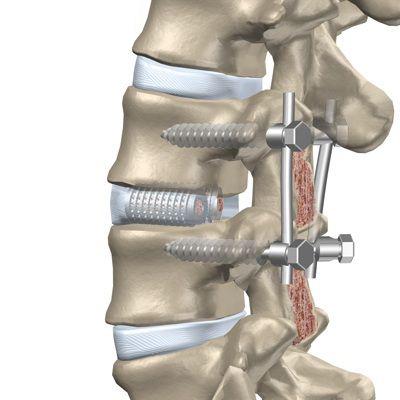It’s been a very tough few months. As I posted back in January, I’ve been suffering from severe lower back pain symptoms, and last Friday my surgeon recommended I undergo a spinal fusion surgery today.
The process as I understand it
Not being a neurosurgeon, the procedure as I understand it is something like the following steps below. I don’t know in what order these steps are undertaken, and this is described in layman’s terms, but this is a basic summation of what I’m having done today:





